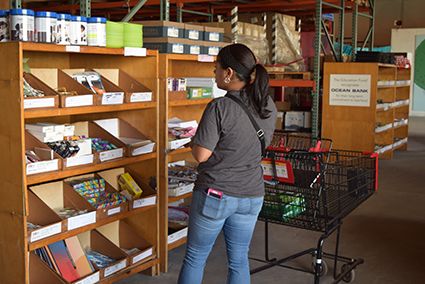
Subject to a number of limitations, the charitable deduction for contributions of property equals the fair market value (FMV) of the property. However, the charitable deduction for contributions (from a C corporation) of inventory is generally limited to the donor's adjusted basis in donated property. In many situations, the donor's basis in the property is significantly less than the property's FMV; however, Section 170 (e)(3) of the Internal Revenue Code provides a deduction for corporate contributions of inventory as much as twice the donor's adjusted basis in the property. The property must be donated to a public charity, which will use the property for the benefit of the ill, the needy, or minor children. The 170(e)(3) deduction equals the lesser of two amounts:
- The donor's tax basis in the property increased by one-half the difference between FMV and basis; or,
- Twice the donor's tax basis in the contributed property.
The additional tax savings achieved by taking advantage of Section 170(e)(3) can be substantial. For example, assume a retailer has excess inventory with a market value of $50,000 and basis of $12,000. If the retailer donates the inventory or computers to FamilyTech or Ocean Bank Center for Educational Materials in a 170(e)(3) transaction, the contribution deduction equals $24,000, which is the computed lesser of:
- Basis plus one-half the difference between market value and basis
Example: $12,000 + 0.5 x ($50,000 - $12,000) = $31,000
- Twice the basis
Example: $12,000 x 2 = $24,000
If the retailer donated the inventory in a transaction that did not qualify under Section 170(e)(3), the deduction would be only $12,000.
The 170(e)(3) benefit is available in the case of contributions to an "intermediary" charity which will then distribute the donated property to other charities which will use the property for the care of the ill, the needy, or minor children. For example, suppose a corporation makes a donation of inventory or computers to FamilyTech or Ocean Bank Center for Educational Materials, which, in turn, distributes the computers and supplies to other charities that give the supplies to teachers.
The donor must obtain a statement from the charity that declares the use of the donated property will meet the requirements of Section 170(e)(3). FamilyTech and Ocean Bank Center for Educational Materials will furnish the required documentation to any donor. This documentation is required in addition to any "written acknowledgement" that must be obtained to substantiate contributions under the 1993 Tax Act.
While Section 170(e)(3) may provide significant tax benefits for corporations, which donate inventory to the ill, needy, or infants, a number of issues must be considered in order to maximize the tax benefits. These considerations include: timing of the gift; effect of carryovers; expectations regarding future tax rates; and the effect of inventory price-level changes.
Made possible with the support of:



